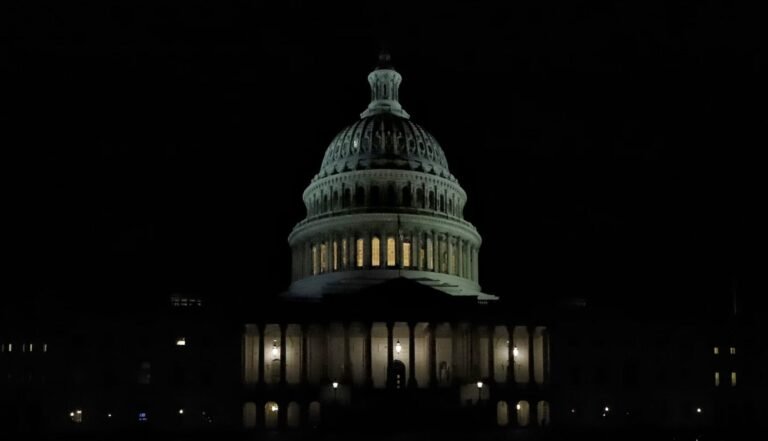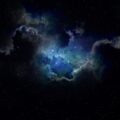On the night of April 18, 1775, the royal governor of Massachusetts – instructed by King George III to suppress the rebellious Americans, had ordered 700 British soldiers to seize the colonists’ military stores in Concord, about 20 miles west of Boston. A system of signals warned the volunteer militia of the approaching British troops. At Lexington Green, the British were met on April 19, 1775 by about seventy American Minute Men. At the North Bridge in Concord, the British were confronted again, this time by 300 to 400 armed colonists, and were forced to march back to Boston with the Americans firing on them. By the end of the day, the American Revolution had begun.
To commemorate the `shots heard round the world,’ soldiers fired blanks at each other recently on Lexington Green during the Patriots’ Day reenactment of the Battle of Lexington, where farmers by day became soldiers by night.
And later today, on April 19, 2023, exactly 248 years after the Lexington-Concord Battle, there will be a public hearing held by the Senate Committee on Armed Services, with the sole witness being the director of the All-domain Anomaly Resolution Office (AARO), Dr. Sean M. Kirkpatrick.
Since I grew up as a farmer and became a “soldier” of the scientific method, and my current home is merely a mile from where the first shot was heard round the world, I was reminded that what may be the most powerful shots so far were heard only during the past decade.
These recent “shots” I am referring to originated from interstellar space, where the projectiles traveled towards the Solar system for millions of years. The first boom was recorded on January 8, 2014 by a seismometer on Manus Island in the Pacific Ocean as the blast wave from the explosion of the first meter-scale interstellar object known to humans, IM1. That IM1 had material strength ten times larger than all other 272 meteors in the CNEOS catalog compiled by NASA is the reason that we plan an expedition to retrieve its relics in the summer of 2023. Consider this expedition as the reenactment of the first interstellar shot heard round the world.
IM1 was followed by a second interstellar meteor, IM2, detected on March 9, 2017, which we plan to visit in a future expedition. Consider this expedition as the second reenactment of the interstellar shot heard round the world.
Third had been the flat, football-field-size object, `Oumuamua, detected as a near-Earth object on October 19, 2017. `Oumuamua’s non-gravitational acceleration away from the Sun was confirmed in a new paper this week. The lack of detectable cometary evaporation gave rise to a recent suggestion that `Oumuamua is a hydrogen-water iceberg, but this model is untenable since a follow-up paper showed that the authors missed a term that is a million times bigger than the heating and cooling terms they used to calculate the iceberg’s surface temperature.
That the fourth interstellar object known, 2I/Borisov, detected on August 30, 2019, was a normal-looking comet, implies that interstellar comets have a normal appearance, as expected from icy rocks dislodged by gravitational kicks from passing stars within the outer parts of planetary systems, similar to the Oort cloud of frozen icebergs extending to 100,000 times the Earth-Sun separation around the Sun.
At first, I was intrigued that the second interstellar meteor, IM2, had an identical speed relative to the Sun at large distances and an identical heliocentric semimajor axis as ‘Oumuamua had. But the inclination of IM2’s orbital plane around the Sun was completely different from ‘Oumuamua’s, implying that the two objects are unrelated.
The coincidences between some orbital parameters of ‘Oumuamua and IM2 inspired me to mention in an unpublished manuscript with Dr. Sean M. Kirkpatrick the possibility that an artificial interstellar object could potentially be a parent craft that releases many small probes during its close passage to Earth. These “dandelion seeds” could be separated from the parent craft by the tidal gravitational force of the Sun or by a maneuvering capability. A small ejection speed far away could lead to a large deviation from the trajectory of the parent craft near the Sun, manifesting in the seven-month delay between the detections of IM2 and `Oumuamua and the difference between a collision with Earth for IM2 and a flyby for `Oumuamua.
Our paper resulted from Dr. Kirkpatrick’s visit to the Lexington Green neighborhood where I reside half a year ago. Subsequently, I had the privilege of discussing with Sean and his team the scientific approach to figuring out the nature of Unidentified Aerial Phenomena (UAP), based on known physics and state-of-the-art scientific instrumentation. I applaud AARO’s efforts to bring clarity to the UAP puzzle using the scientific method. Scientists should help AARO in identifying the nature of technological objects that stay outside known classifications of human-made objects.
Ignoring UAP is not a good strategy for the government in case some objects represent national security threats. It is also not a good strategy for science in case some objects represent an extraterrestrial origin.
This is the rationale behind the Galileo Project observatories, the first of which is currently collecting continuous data on the entire sky from the vantage point of Harvard University. The Galileo research team plans to build copies of this working Harvard observatory and place them in different geographical locations within the coming months. We will be guided by the highest quality data from our instruments, to be analyzed by artificial intelligence classification algorithms in the search for anything other than natural or human-made objects.
It is the privilege of the Galileo Project to assist AARO in figuring out the nature of UAP. I get numerous emails and text messages every day from individuals who witnessed unusual objects, but the best way to reliably expand our scientific knowledge is by using well-calibrated instruments under the control of scientists.
The path of Galileo is the proper way to separate science from science fiction. Among my emails this morning, I corresponded with Ralph Senensky–the original director and production manager of Star Trek (1996), who will be turning 100 years old on May 1, 2023. In anticipation of his centennial birthday, I wished him many more years of life–as we are getting close to finding out if humanity has a technological partner in the Milky Way galaxy. I wrote to Ralph that at the Ignatius Forum that I attended in the company of Jeff Bezos at the Washington National Cathedral in November 2021, Jeff said that he was inspired to venture into space after watching Star Trek as a kid. The Galileo Project’s team will check if the imagination of scriptwriters is close to the interstellar reality delivered by our cameras and telescopes.
As noted by the Physics Nobel Laureate, Richard Feynman, there is no greater pleasure than finding things out. This pleasure could involve the nature of dark matter if we smash protons at yet higher energies in the Large Hadron Collider at CERN, or maybe the nature of UAP… if we analyze high-resolution videos obtained by the Galileo observatories. The latter may have broader implications for the future of humanity than the former.
Avi Loeb is the head of the Galileo Project, founding director of Harvard University’s – Black Hole Initiative, director of the Institute for Theory and Computation at the Harvard-Smithsonian Center for Astrophysics, and the former chair of the astronomy department at Harvard University (2011-2020). He chairs the advisory board for the Breakthrough Starshot project, and is a former member of the President’s Council of Advisors onScience and Technology and a former chair of the Board on Physics and Astronomy of the National Academies. He is the bestselling author of “Extraterrestrial: The First Sign of Intelligent Life Beyond Earth” and a co-author of the textbook “Life in the Cosmos”, both published in 2021. His new book, titled “Interstellar”, is scheduled for publication in August 2023.

